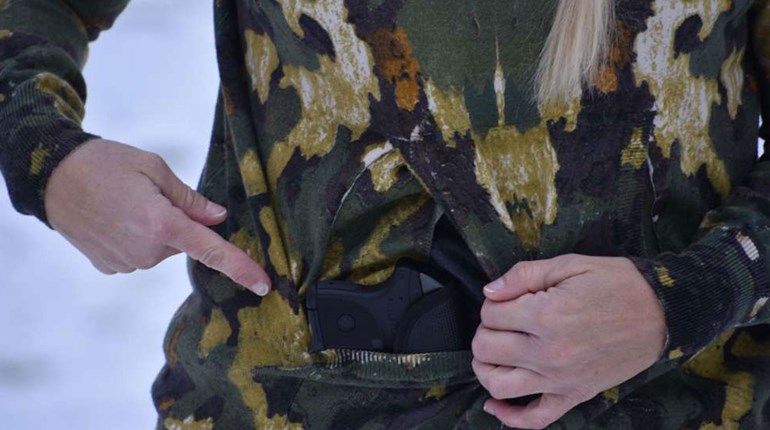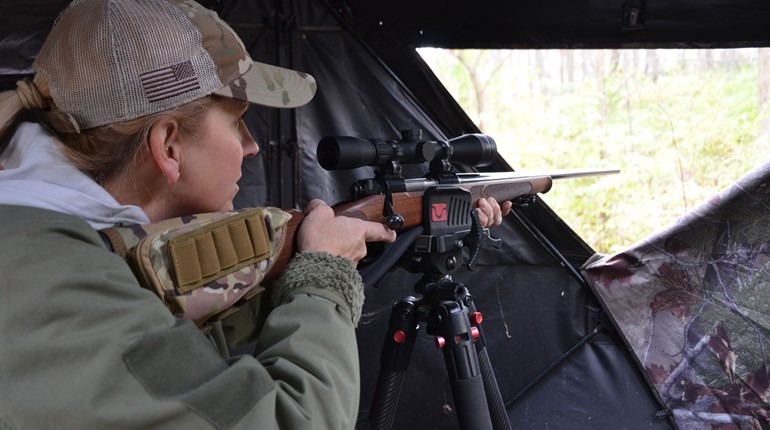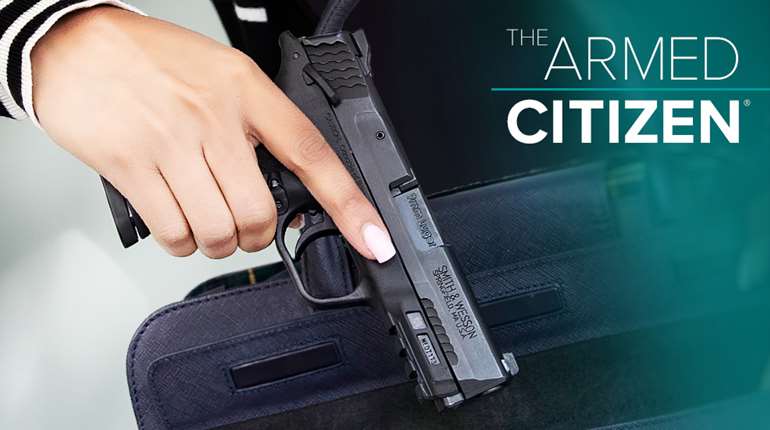
In a previous article, we discussed growing our firearm knowledge and how, just like our grandparents had the skills to grow a vegetable garden for food security, we should learn some basic skills to become self-sufficient with our personal security.
One of the common ways people provide for their own security is with a firearm, and one of the most commonly used rounds used is 9 mm. This article will look at frequent malfunctions and determine if the ammo, the firearm or the user are the pieces of the puzzle that require scrutiny.
9 mm Center-Fire Round
9 mm can malfunction for a few usual reasons that are nothing to do with ammo, and a few usual reasons that are related to ammo choice.
Is It the Ammo?
When we purchase a gun, we look for a specific caliber, and we must use ammo in that caliber. Any ammunition that is 9 millimeter—9x19, 9 mil, 9 mm Luger, and 9 mm Parabellum—will be referred to as simply 9 mm.
To clarify, 9 mm x18 (Makarov pistol) or 9 mm x 21 (European guns chambered in this variant to avoid the EU bans on “military” ammo designations) are not the 9 mm rounds you find in the United States. The first number, 9 mm, is the diameter of the bullet, and the second number is the length of the case.
When we use factory, round-nose ammo and factory guns, the incidence of malfunctions in 9 mm ammo is low. The caliber and what it takes to function in a gun is an industry standard, thus the ammunition and firearms manufacturers work to ensure the velocity of ammo will function in factory configured guns and vice versa.
When you get into competition and specialty 9 mm handguns, ammunition choice can affect the function of the gun. So then it begs the question, is it ammo or is it the gun? My CZ Shadow II doesn’t like 9 mm with an Overall Length (OAL) above 1.13”, but it might depend on the bullet profile. This highlights a common misconception about ammo function: The ammo might be great ammo, but the bullet profile (shape of the projectile) might not be a good fit with a particular chamber or feed ramp (the ramp shape below the chamber that the round slides up as it is pushed from the magazine into the chamber). Some competition guns might be set up by a gunsmith to run a particular round, others might have the chamber reamed to function with a wide variety of bullet profiles.
Is it the Gun?
So why does the projectile or this technical stuff about OAL matter? Well, it matters because most factory 9 mm ammo is going to function in a factory gun without issues. But the seating depth of the bullet and the resulting OAL length of the round (case overall length or COAL) might vary from brand to brand, lot to lot, and the profile of the bullet might also come into play. Do you have a round-nose, flat-nose, hollow-point projectile? If your particular pistol has tight tolerances, it might actually be the gun, not the ammo, that is the reason for the malfunction. But it is a sort of “the chicken or the egg” scenario, and it’s not really any one piece of the puzzle “at fault,” but rather, a need to educate yourself on what ammo runs well in the gun you decide to purchase.
If you were purchasing a home defense pistol, you should find an ammo that you like to shoot, that does its job (hits where you want and has the projectile you want for personal defense) and then ensure that it runs in your gun AND with your magazines.
Is it the Magazine?
This leads us to the next area of concern with malfunctioning 9 mm: Is it the magazine? Many times improperly feeding rounds are the result of a magazine issue, or more specfically a magazine spring issue. Repeatedly compressing and decompressing a magazine spring wears the spring down. Spring steel has only so many compress/decompress cycles before you “temper” the metal and it needs to be replaced. Manufacturers have done tests where they take a magazine and load it full, leave it out in weather and temperature extremes, and then test it, reload it, and put it back for more time … What’s been learned is that it’s not the time the spring is compressed or the extremes a spring is exposed to that cause it to wear, but the number or times a mag is loaded and unloaded that wear the spring. Competitors will replace their magazine springs usually 1 time a year, with many thousands of rounds on them.
If you were to couple bullet profile and magazine spring strength and have both a bullet that your gun doesn’t like to “eat” and a weak spring, you are likely going to get a lot of malfunctions.
Understanding that sometimes there is not a simple answer, or that you have to be methodical in trouble-shooting, can save you from blaming a single origin for the problem and help you think “big picture” to better understand what is happening in your firearm.
Is it Me?
The other area of trouble that a new gun owner can overlook is user error. Since 9 mm is most often a pistol caliber, it’s worth noting that improper technique can induce malfunctions. The two most notable are: 1) dragging your support hand thumb on the slide while you shoot and 2) being “soft” behind the gun.
If you drag your thumb, you slow the slide down and it might not cycle properly; you literally might stop the slide going into battery (returning to fully closed so you can fire).
If you are “soft” behind the gun, it means you might not be creating a solid platform for the gun to cycle correctly. The slide has to come all the way back and move all the way forward to strip a round off the magazine and then return to fully closed. Someone who is very small or holding the gun weakly might be allowing the frame of the gun/entire gun to move just enough that the slide isn’t able to hit the backward end of its travel and “stop,” which can cause a malfunction. It’s why some people recommend that women buy a revolver. But when a shooter is taught to grip the gun tighter and be more “solid” behind the gun as it’s fired, these issues can be overcome.
The more you learn about the guns and ammo that you own, the more you will be able to overcome any troubles you encounter and simply spend time learning with and enjoying them.














































